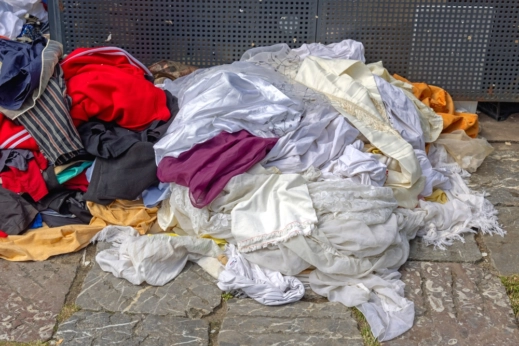Subscribe to:
Post Comments (Atom)
🏆 FRP Trailblazer Award Introduction The FRP Trailblazer Award is a prestigious international honor established to recognize outstanding r...

-
Vadodara, Gujarat-Everest Composites Pvt. Ltd. (ECPL), manufacturers of composites products since 1991, is proud to announce the launch of...
-
The global construction industry is undergoing a profound transformation, with sustainability taking center stage in almost every new proj...
-
"Japan Alpaca Fiber Market to Reach USD 705.1 Billion by 2035: Growth Drivers & Future Trends" The Japan Alpaca Fiber market i...





No comments:
Post a Comment